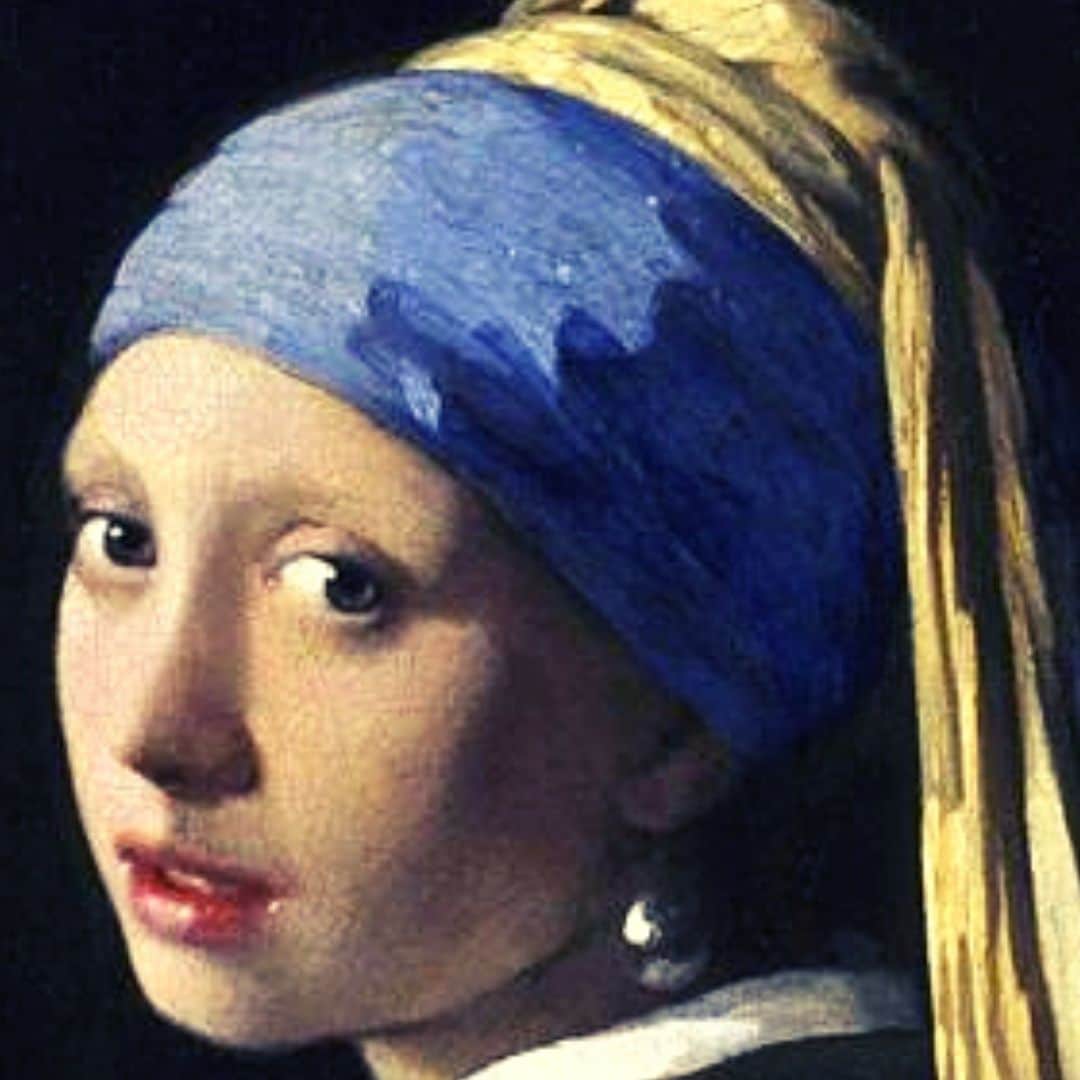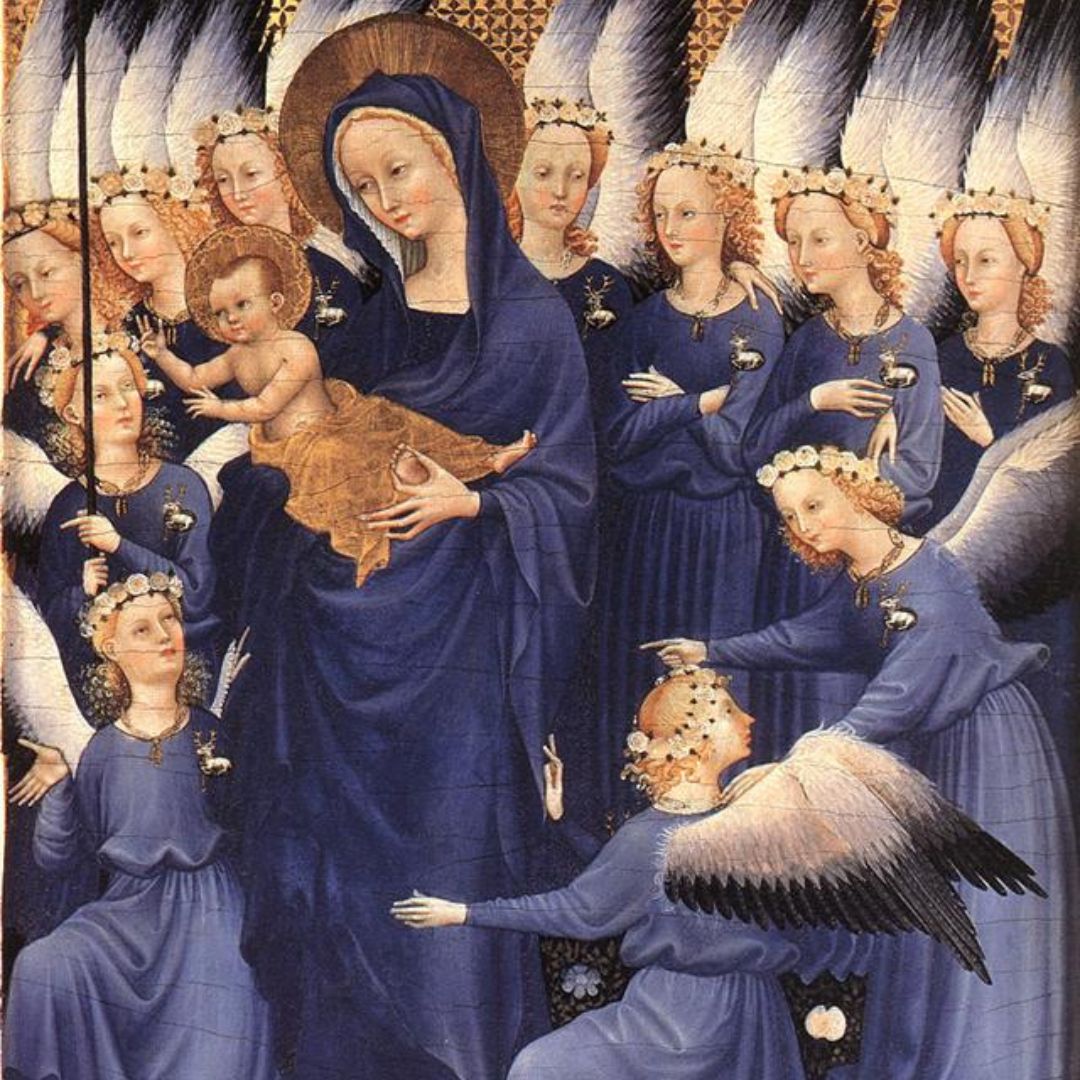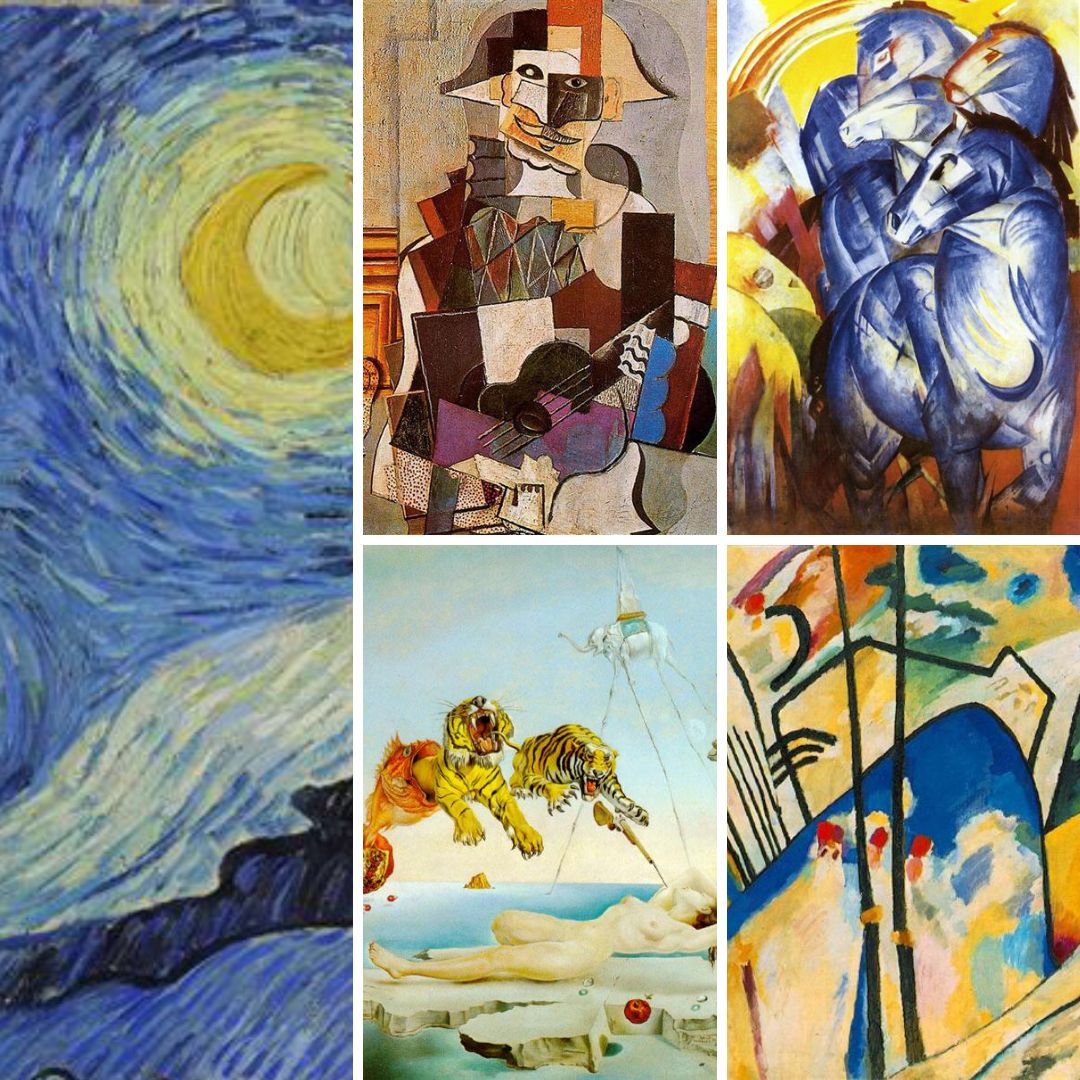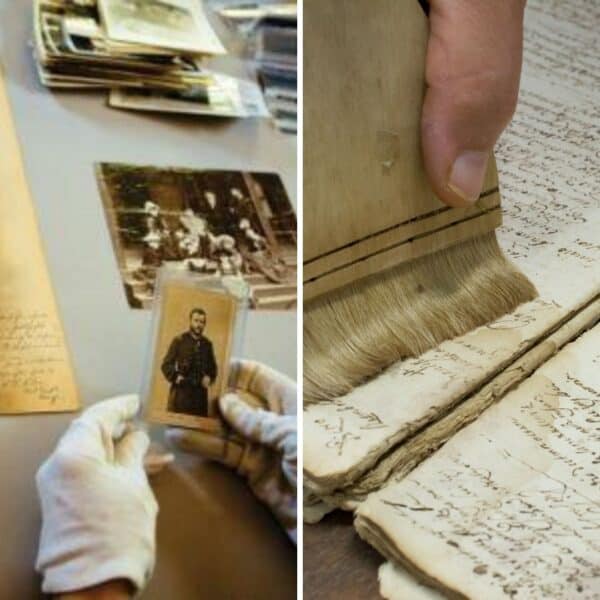Overview
Analysing paintings – Learn to analyze art with the package of 2 online courses with certificate: Analysis of works of art + History of pigments in art.
SAVE 40% ON THIS COURSE PACKAGE
Language: English
Also available in Português | Spanish
The package of 2 certified online courses – Analysing Paintings -includes:
The price of the Analysing Paintings certified online course bundle includes 24-hour access for an unlimited period of time to:
- Lessons for each theme in the program
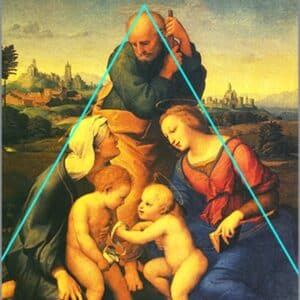
- Explanatory videos
- Links to articles, videos and websites
- Assessment (1 final quiz per course)
- Certificate (1 certificate per course).
Objectives
Analyzing paintings involves interpreting a series of aspects present in the work of art, ranging from its formal characteristics, identification of its elements, characters and representations, composition, historical and artistic framework, to the analysis of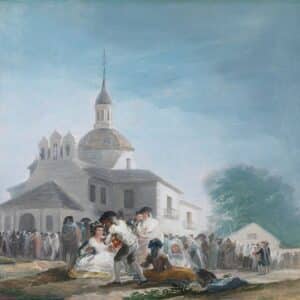
Color and the pigments used throughout the history of art are also an extremely important element in analysing paintings . Knowing them and how they have been used by artists throughout history is undoubtedly very important for art analysis.
That’s why we’ve created this package of 2 courses – Analysing Paintings – which, each one addressing specific aspects, complement each other so that you can analyze art in a more complete way.
Who should take these courses
The 2 certified online courses – Analysing Paintings -are aimed at people who want to learn how to analyze art in its various aspects.
They are particularly suitable for:
Historians, art historians and students and teachers in these areas.
Curators, artists, museologists, gallery owners.
Teachers, cultural agents, artistic and cultural associations, etc.
There are no access requirements.
Certificate
How it works
What you will learn in the 2-course bundle Analysing Paintings
Art Analysis
Unit 1 – Analysing Art
a) Reading / Interpreting
b) Writing about Art: concepts of visual rhetoric and visual literacy
Unit 2 – Analysing paintings
Elements of formal analysis
1. Identification;
2. Technical data;
3. Thematic;
4. Function;
5. Structure (basic and essential considerations);
6. Composition
- Contents: iconography and symbolism
- Thematic categories in painting
- Practical analysis of a painting (Mrs. Richard Brinsley Sheridan, by Thomas Gainsborough)
Unit 3 – Analysing Sculpture
Elements of formal analysis
1. Identification;
2. Technical and structural data;
3. Thematic;
4. Function;
5. Composition.
- Types of sculpture
- Practical analysis of a sculpture (Funerary lion (unknown author; c. 350 BC).
Unit 4 – Analysing Architecture
Elements of formal analysis
1. Identification;
2. Construction function or purpose;
3. Structure;
4. Relationship between function and structure;
5. Relationship between the history and geography of the construction site and architectural forms.
- Practical analysis of an architectural work (Central Tejo, Lisbon)
History of Pigments in Art
Unit 1 – Introduction to pigments in art
1 . Definition and characteristics of pigments
2. Pigments and society
2.1. Relationship with religion
2.2. Relationship with popular culture
2.3. Relationship with social markers, hierarchy and status
2.4. Relationship with politics and the economy
2.5. Relationship with work
3. Theory of color
Unit 2 – First pigments and pigments in Antiquity
1. introduction to the first pigments: prehistoric pigments and their use in rock art
2. Pigments in Antiquity
2.1. Pigments in Egyptian art
2.2. Pigments in Greek art
2.3. Pigments in Roman art
Unit 3 – Pigments used in the Middle Ages, Renaissance and Baroque
3.1. Pigments in the art of the Middle Ages
3.2. Pigments in Renaissance art
3.3. Pigments in Baroque art
Unit 4 – The pigments of the mid and late 18th century. The pigment revolution of the 19th and 20th centuries.
4.1. The pigments of the mid and late 18th century
4.2. The pigments of the 19th century
4.3. Evolution of pigments during the 20th and 21st centuries. New vision of art and its impact on new pigments and techniques.
4.4. Final conclusion and some curiosities and links of interest for the study of the history of pigments in art

